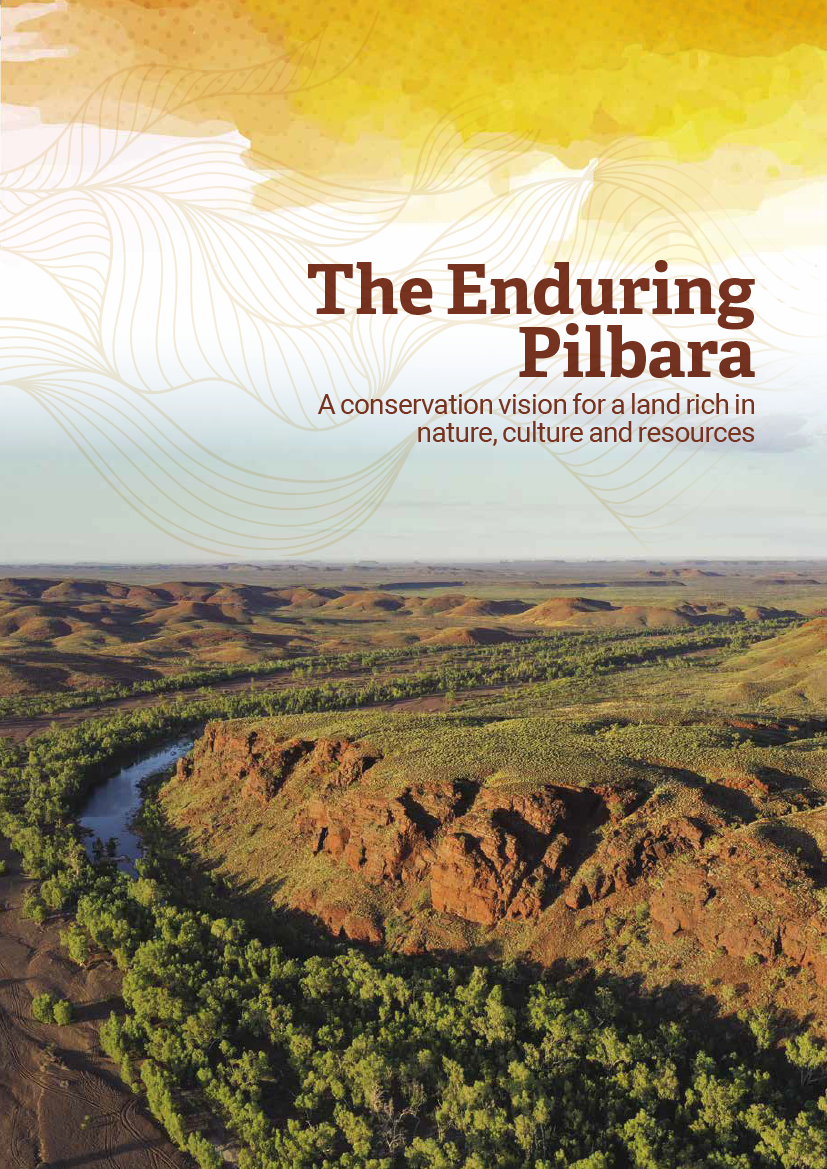The Pilbara is often described as timeless. But the opposite is true – the passage of time is more evident in this landscape than almost anywhere else on Earth. Here, you can see rock that coalesced into crust when the world was starting to assume its present form and the fossilised remains of microbial colonies that are among the earliest signs of life on Earth. You can see the greatest concentration of engraved rock art in the world, created by peoples who settled the region more than 2,000 generations ago.
Geologically, the region is defined by a robust piece of continental crust that has survived billions of years of tectonic upheavals. The Pilbara’s plants and animals – exceptionally diverse for an arid region – are survivors of immense climatic changes, many exemplifying ingenious evolutionary innovations to cope with extremes.
Since the late 1800s, human and non-human newcomers have intensified the pressures on life. The consequences, not unique to the Pilbara, have been a diminishment of biodiversity and degradation of landscapes. The Pilbara’s Traditional Owners have suffered the catastrophes of dispossession and cultural suppression.
These are the big challenges in the Pilbara today – to arrest and remediate the harm to nature, and support Traditional Owners to thrive, connected to country and strong in culture.
The purpose of this report is to promote a more expansive Pilbara identity, based on its natural and cultural wealth, and to set out a vision for the region and its economy based on sustaining and restoring these values.
